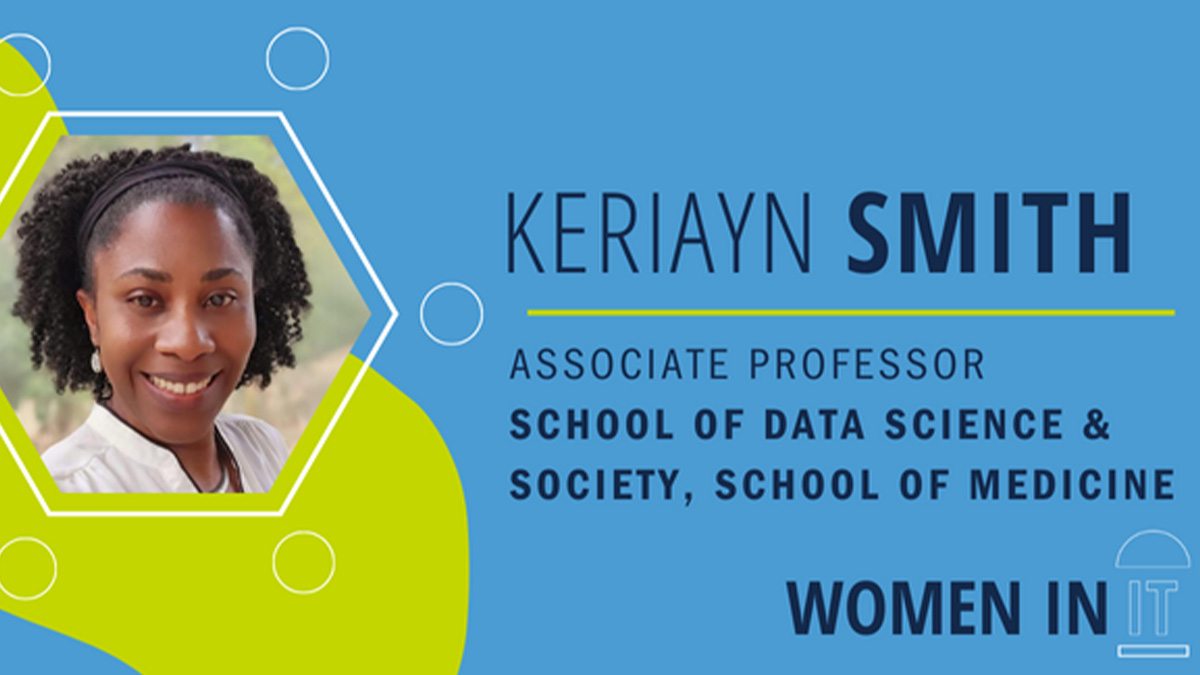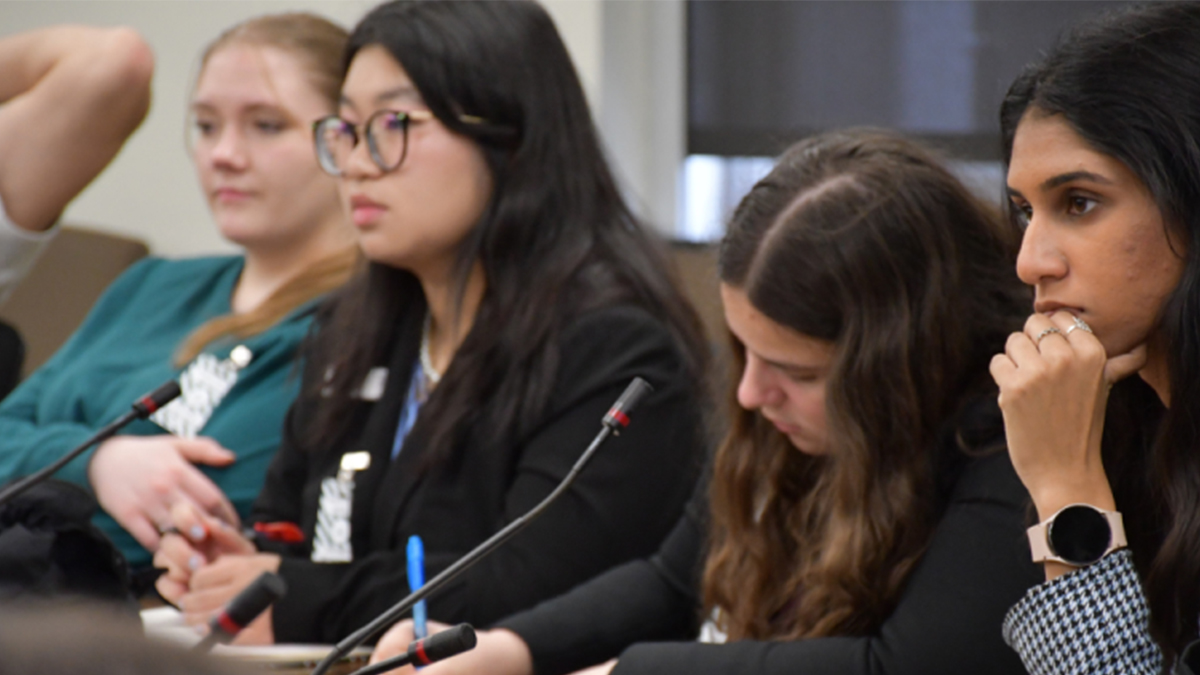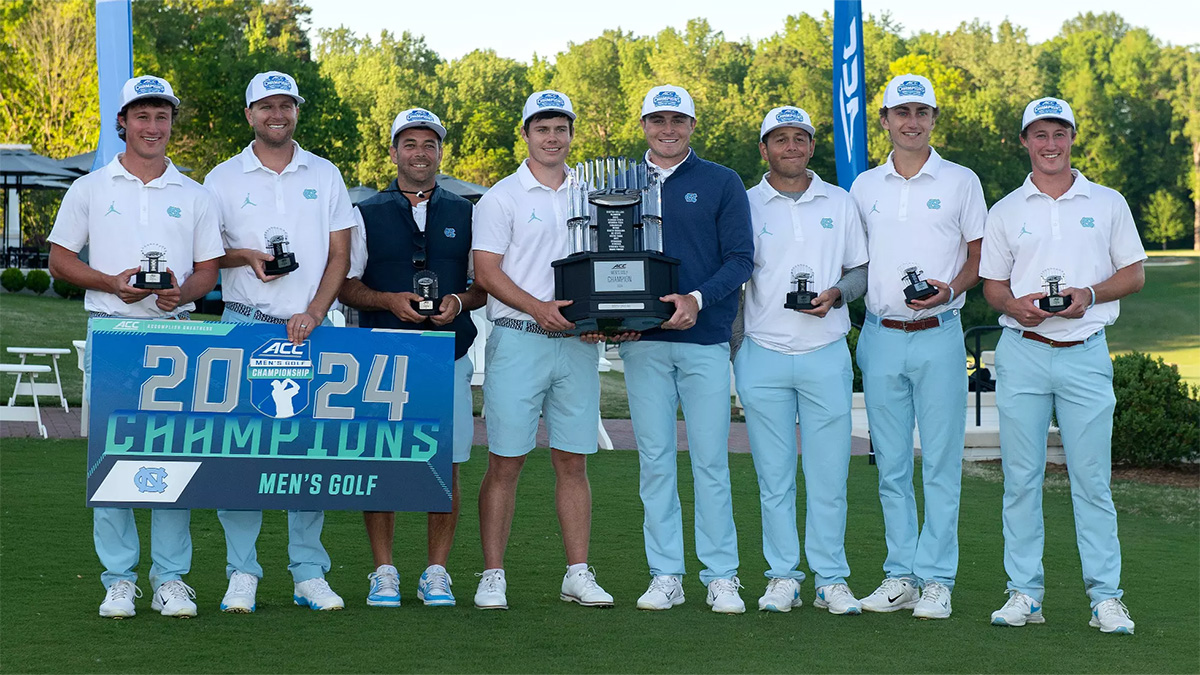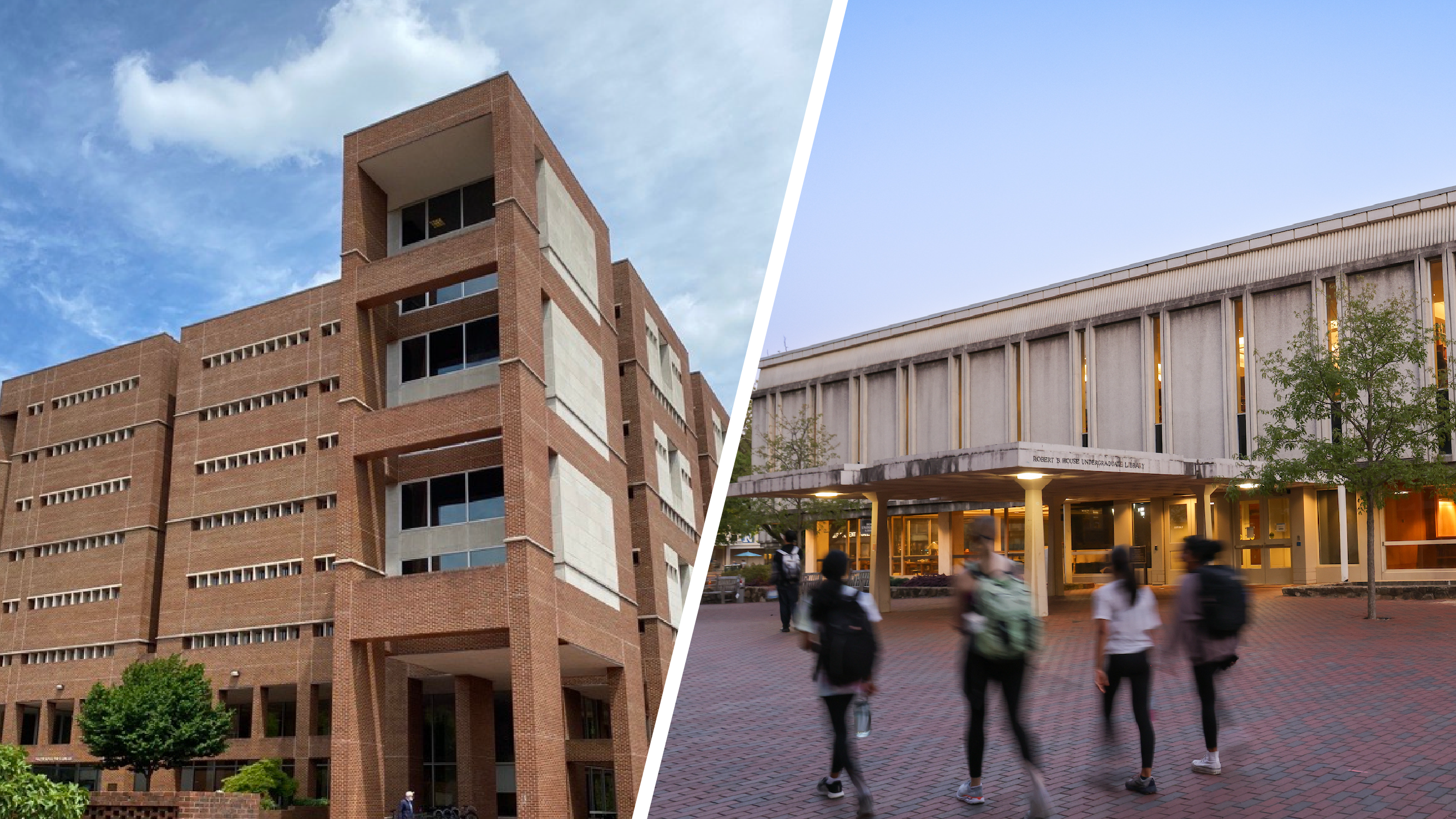Genetics researcher does her own data analysis
A bench scientist by training, Keriayn Smith retooled during the pandemic to gain “computational know-how.”

Keriayn Smith is an associate professor in the School of Data Science and Society, with a secondary appointment in the School of Medicine’s genetics department. She is an academic scientist whose research focuses on RNA biology, with emphasis on molecular interactions. Smith also founded the multinational Society for Scientific Advancement, which serves geographically diverse, underserved and underrepresented students in STEM fields.
Tell us about your current role and what you do.
I study segments of human and animal genomes (DNA sequence in cells), which are poorly understood. This research is impossible to do without bioinformatics, an application of IT to biological data such as DNA sequences. As scientific research becomes more interdisciplinary, the distinctions between traditional discipline-based silos become blurry. I’m actually a bench researcher by training. For the kind of experiments I used to do 10 years ago, the data sets weren’t as large. Today with big data, we routinely discuss how to organize and store our data, in order to be able to analyze it effectively. These aspects that I didn’t consider much five years ago are now regular conversations.
What path led you to IT and where you are now?
I’m very interested in why a biological process happens. I really want to know what’s driving it. The ability to understand those kinds of questions is increasingly possible because we’re able to take this granular approach. Since data are now so accessible and easy to generate, I went from pipetting and other bench techniques to gaining computational know-how. Partially because of the pandemic, I decided, “Let’s go back to school and get retooled, so I can handle big data analysis and be qualified to do so.” Even though more school was something I never envisioned myself doing, it was just more efficient for me to do so, so that I could do routine analyses myself and gain the skills to be able to train students in bioinformatics. So altogether, based on where the field was going, wanting to operate more independently, plus the timing of the pandemic — those three things led to where I am now.
What excites you about the future of your field?
I’m excited about the increased capabilities and capacity that technological advances have provided or are emerging. We are now able to rapidly address research questions with remarkable speed and efficiency. I believe the current record for sequencing the entire human genome is now around five hours. Moreover, the influence of generative AI alone on research and general operational performance is staggering. Goals that would have been thought of as dreamy not long ago currently seem just around the corner!
Has your gender been a factor in your career trajectory, path or choices? How so?
I think so, even if subconsciously, and even if I’ve grown more immune or my shell has gotten thicker. As a woman, particularly as a Black woman, I’ve realized the importance in noticing when there is imbalance in the spaces that I enter, and how critical it is to ask, “Why is this so? How can I help to reduce this imbalance?”
When I’ve thought that my participation would make a difference, I try to steer towards that direction, even if it’s uncomfortable. While I generally approach things with intentionality, I think these sensibilities (intentionally or inadvertently) influenced my career path.
Read more about Keriayn Smith and other Carolina women in IT who ITS is celebrating in honor of Women’s History Month.







